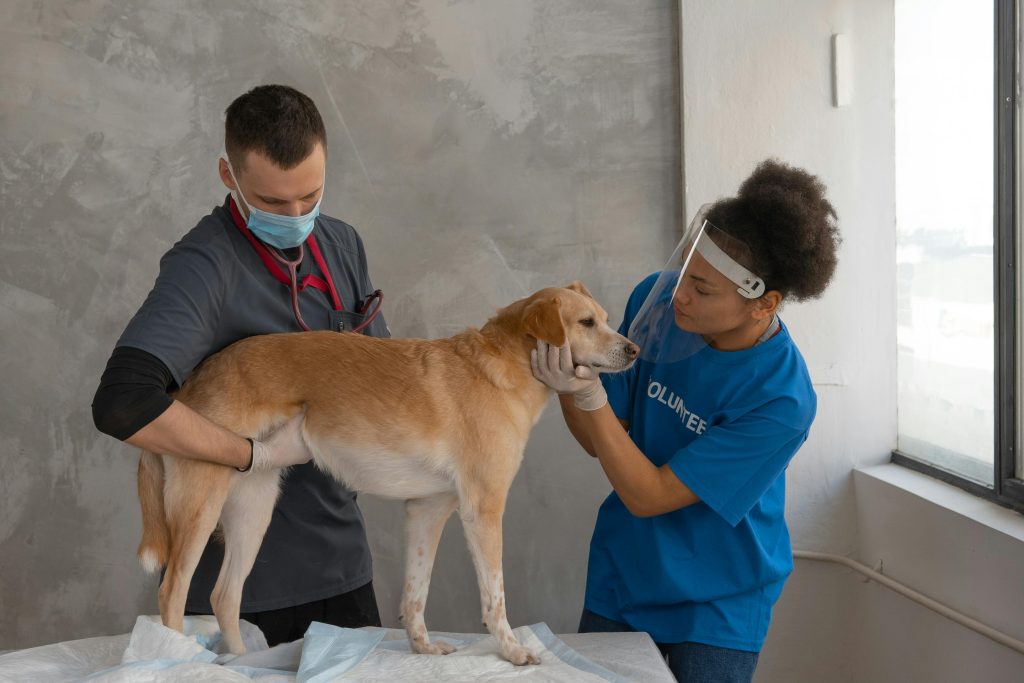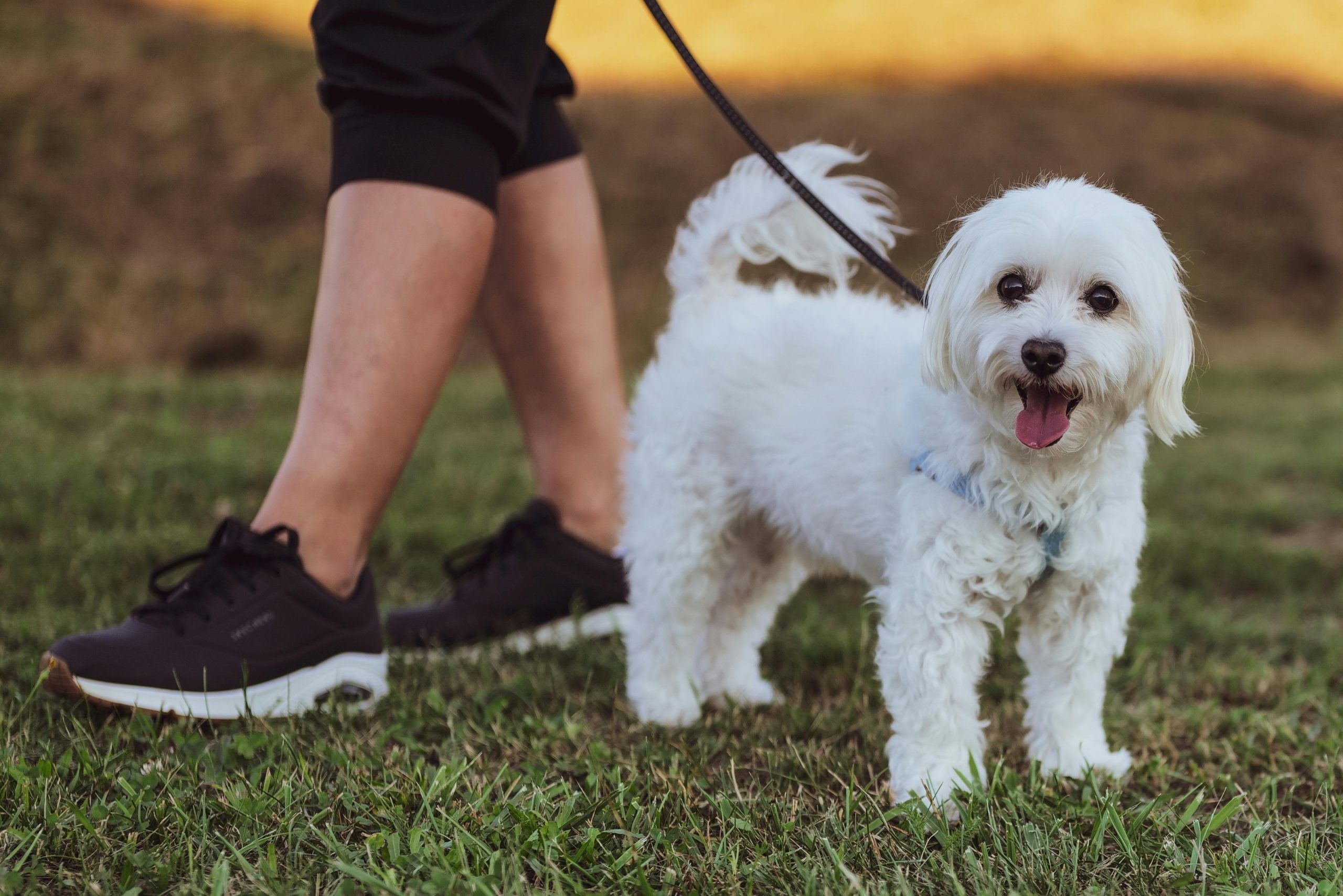Traveling with Pets Guide 2024:
Traveling with pets can be an exciting adventure, but it also requires careful planning and consideration, especially when it comes to flying with a dog. Whether you’re embarking on a cross-country move or simply taking a vacation with your furry friend, there are several important factors to keep in mind to ensure a safe and stress-free journey for both you and your canine companion.
Preparing Your Dog for Air Travel
Before booking your flight, it’s essential to assess whether air travel is the best option for your dog. Some dogs may not be suitable candidates for flying due to health issues, age, or temperament. If you’re unsure, consult with your veterinarian to determine if flying is a safe choice for your pet.
Health Check-Up

Schedule a visit to the vet to ensure your dog is in good health and up-to-date on vaccinations. Airlines typically require a health certificate issued by a licensed veterinarian within a specific timeframe before travel, so be sure to check the airline’s requirements well in advance.
Crate Training
Invest in a sturdy, airline-approved travel crate that provides enough room for your dog to stand, turn around, and lie down comfortably. Introduce your dog to the crate gradually and make it a positive experience by offering treats and praise. Crate training helps reduce anxiety during travel and ensures your dog feels secure in unfamiliar surroundings.
Identification and Microchipping
Ensure your dog wears a collar with an ID tag containing up-to-date contact information. Additionally, consider microchipping your dog as a reliable form of identification in case they become separated from you during the journey.
Top 10 Pet-Friendly Cities in the United States
Choosing the Right Flight
When flying with a dog, selecting the appropriate flight can make a significant difference in your pet’s comfort and well-being.
Pet-Friendly Airlines
Research airlines that are known for their pet-friendly policies and accommodations. Some airlines offer special programs and amenities for traveling pets, such as designated pet relief areas and in-cabin pet travel options.
Direct Flights
Whenever possible, opt for non-stop or direct flights to minimize the duration of travel and reduce the stress on your dog. Layovers and connecting flights increase the chances of complications and prolonged travel times, which can be distressing for pets.
Cabin vs. Cargo
Consider whether your dog will travel in the cabin with you or as cargo in the hold of the plane. Small dogs that meet size requirements may be eligible for in-cabin travel, allowing you to keep them close throughout the journey. Larger dogs will typically travel as cargo, which requires additional precautions to ensure their safety and comfort.
Preparing for Travel Day
The day of your flight requires careful preparation to ensure a smooth and seamless experience for both you and your dog.
Exercise and Bathroom Breaks
Prioritize exercise and bathroom breaks for your dog before heading to the airport. A tired and empty-bladdered dog is more likely to rest comfortably during the flight. Take a brisk walk or engage in active play to help your dog expel excess energy.
Familiarize Your Dog with the Crate
Encourage your dog to spend time in the travel crate leading up to the flight. Place familiar bedding and toys inside to make the crate feel like a safe and inviting space. Offer treats and praise for positive reinforcement.
Pack Essentials
Pack a travel kit for your dog containing essentials such as food, water, medications, leash, collar, waste bags, and any comfort items that will help reduce anxiety during travel. It’s also advisable to carry a recent photo of your dog in case they become lost or separated from you.
Navigating Airport Procedures
Arriving at the airport well-prepared and informed will help streamline the check-in and security processes with your dog.
Check-In
Arrive at the airport early to allow ample time for check-in and security procedures. Inform airline staff that you’re traveling with a dog, and they will provide instructions on where to proceed for check-in and any additional requirements.
Security Screening
Be prepared to remove your dog from their crate during the security screening process. Follow instructions from airport staff and remain calm to reassure your dog throughout the procedure. Keep your dog on a leash at all times and maintain control to prevent any incidents.
Boarding the Plane
Board the plane early to ensure sufficient time to settle your dog into their designated space. Follow the airline’s instructions for boarding with a pet, whether it’s in the cabin or as cargo. Communicate with flight attendants if you have any concerns or special requests regarding your dog’s comfort and well-being.
During the Flight
Once aboard the plane, there are several measures you can take to keep your dog comfortable and calm during the flight.
Comfort and Safety
Secure your dog’s crate properly to prevent shifting or sliding during takeoff, turbulence, and landing. Place a familiar blanket or item of clothing inside the crate to provide comfort and reassurance. Avoid feeding your dog a large meal before the flight to reduce the risk of motion sickness.
Hydration and Bathroom Breaks
Offer small amounts of water to keep your dog hydrated throughout the flight, but be mindful of overhydration, especially for smaller breeds. If your dog is traveling in the cabin with you, inquire about the availability of pet relief areas during layovers or connecting flights.
Monitor Your Dog’s Behavior
Stay attentive to your dog’s behavior during the flight and provide reassurance as needed. Some dogs may experience anxiety or discomfort during takeoff and landing, so offer calming words and gentle pets to help alleviate stress.
Arriving at Your Destination
Upon arrival at your destination, take steps to ensure a smooth transition for your dog as you navigate the final stages of your journey.
Rest and Relaxation
Allow your dog time to rest and recuperate after the flight, especially if it was a long journey. Find a quiet area where your dog can decompress and adjust to the new environment.
Stretch Their Legs
Take your dog for a leisurely walk or explore pet-friendly areas to stretch their legs and relieve any pent-up energy from the journey. Engaging in familiar activities will help your dog acclimate to their new surroundings more quickly.
Settling In
Create a comfortable and familiar space for your dog in your accommodations, whether it’s a hotel room, rental property, or temporary lodging. Set up their crate, bedding, and familiar belongings to provide a sense of security and stability.
Conclusion
Flying with a dog requires careful planning, preparation, and consideration of your pet’s needs every step of the way. By following these guidelines and tips, you can ensure a safe, comfortable, and stress-free travel experience for both you and your canine companion. From health check-ups to in-flight comfort measures, prioritizing your dog’s well-being will help make your journey together a memorable and enjoyable adventure.
Whether you’re relocating to a new city or embarking on a vacation, traveling with your dog can enhance the experience and create lasting memories. With proper planning and a focus on safety and comfort, you can embark on your next adventure with confidence, knowing that your furry friend is by your side every step of the way.
